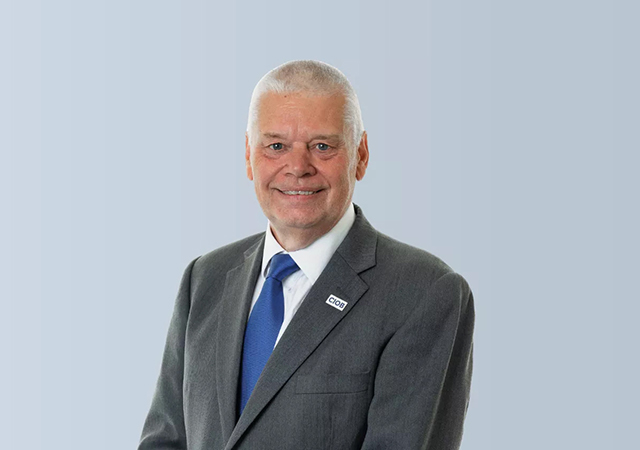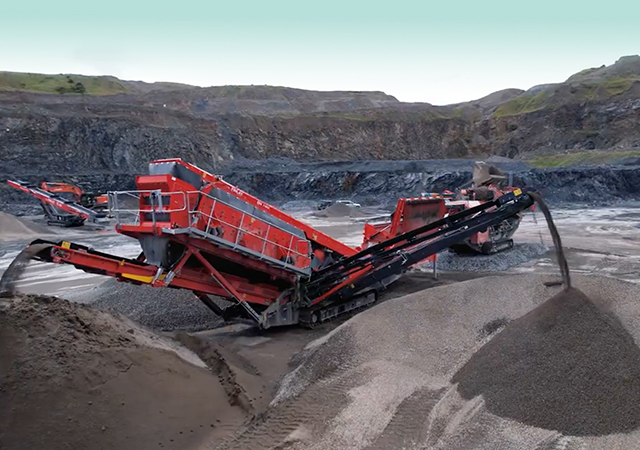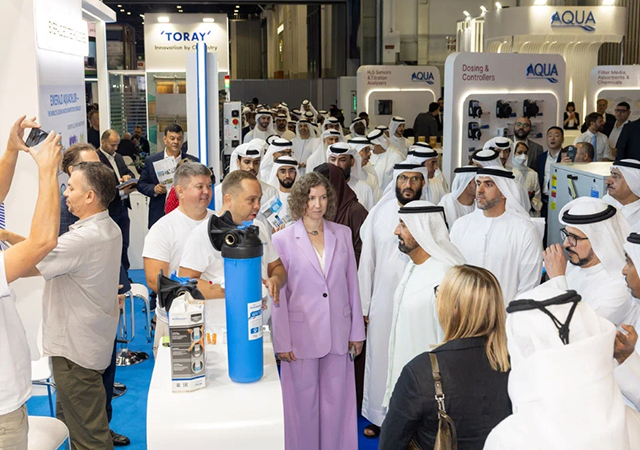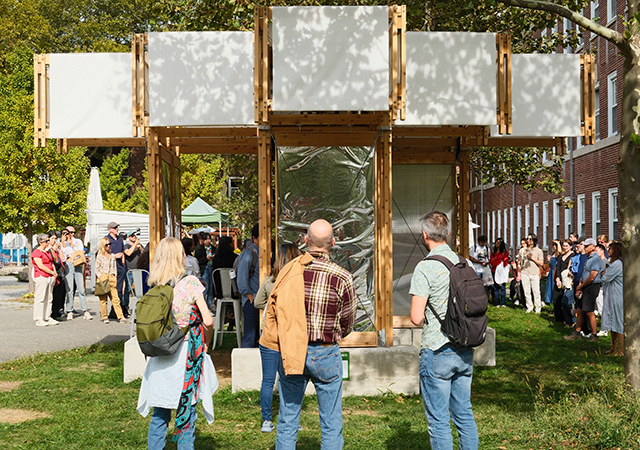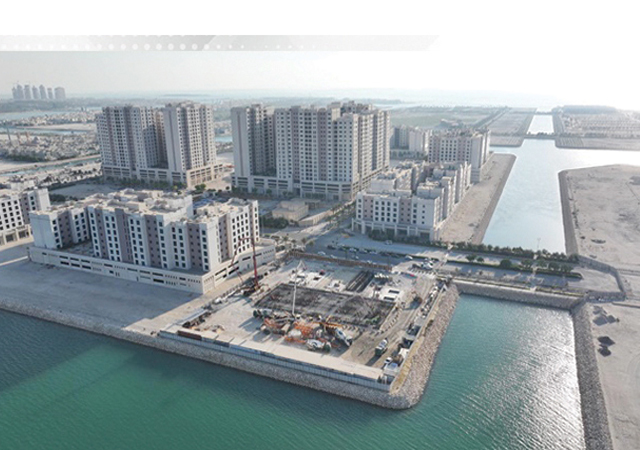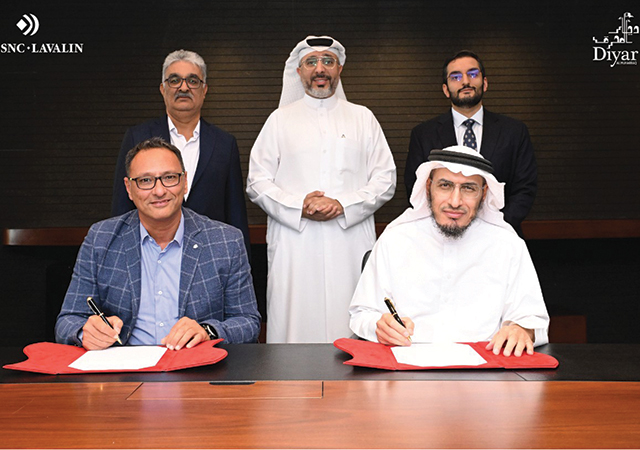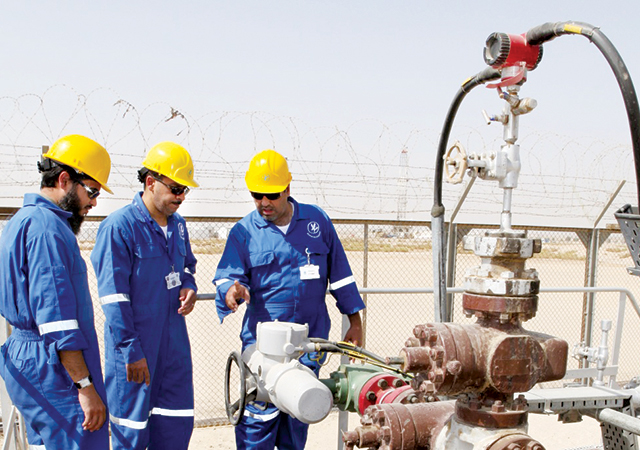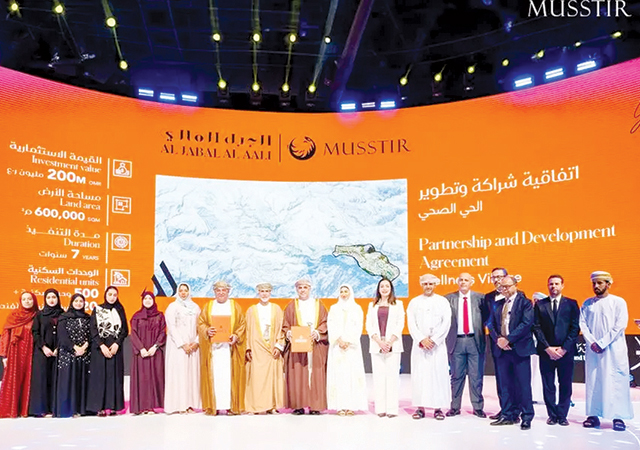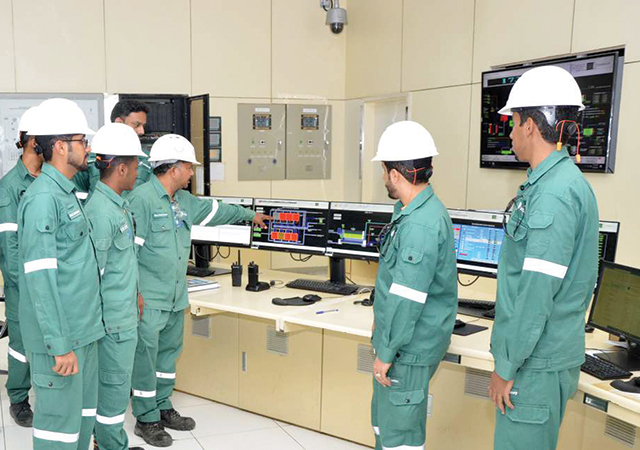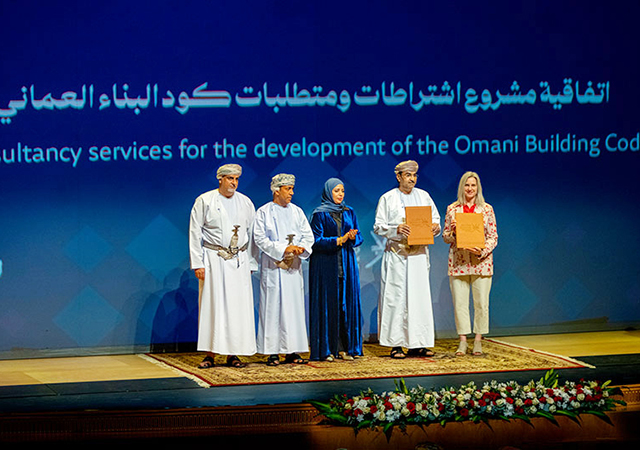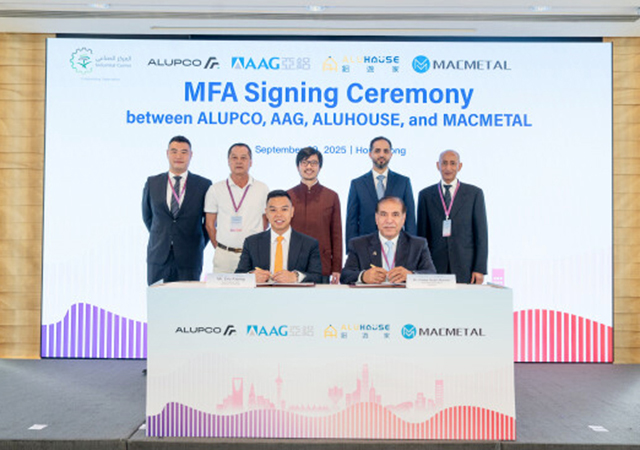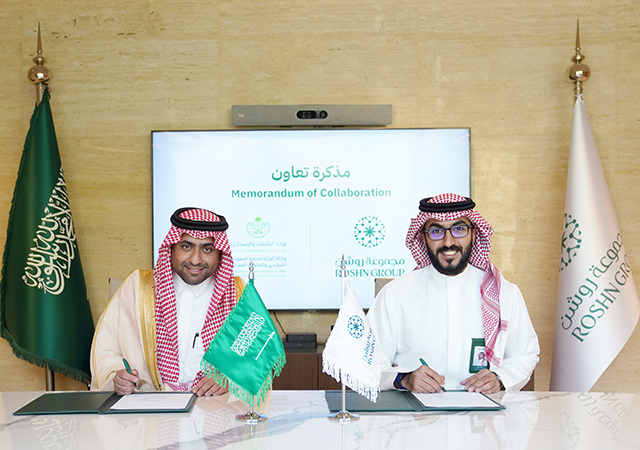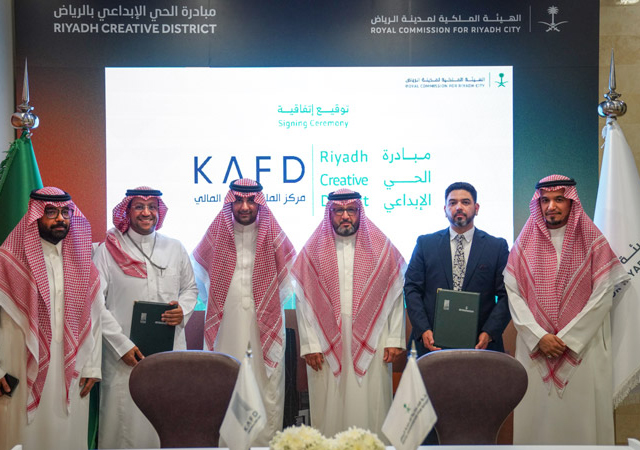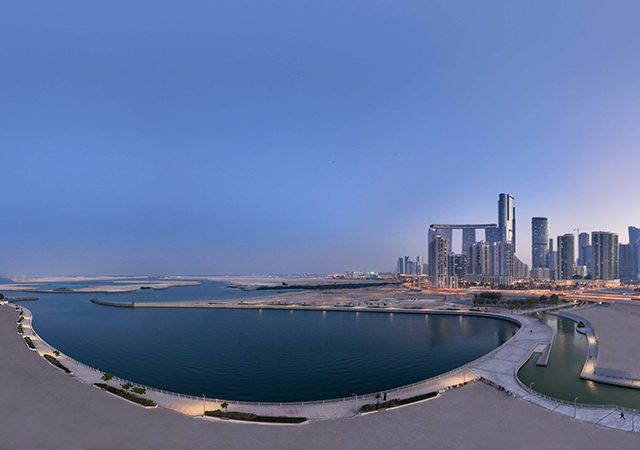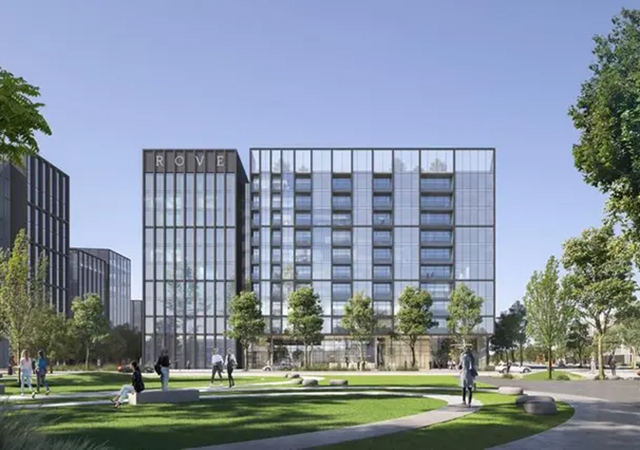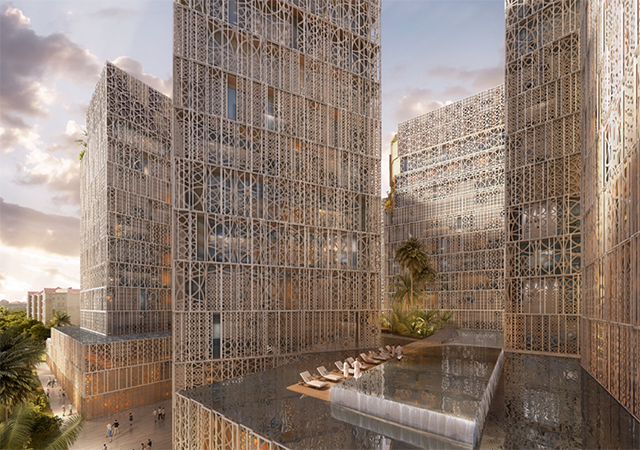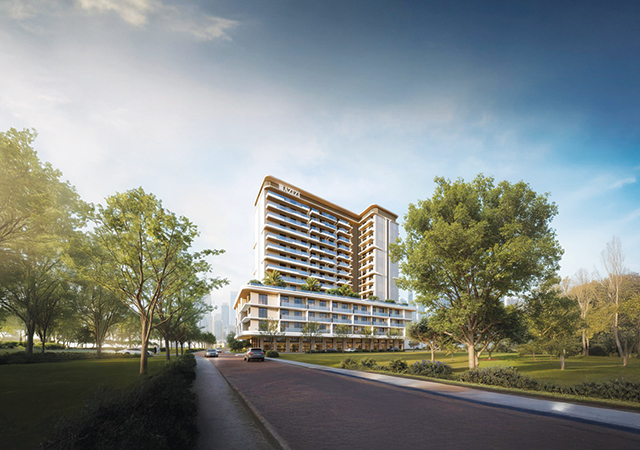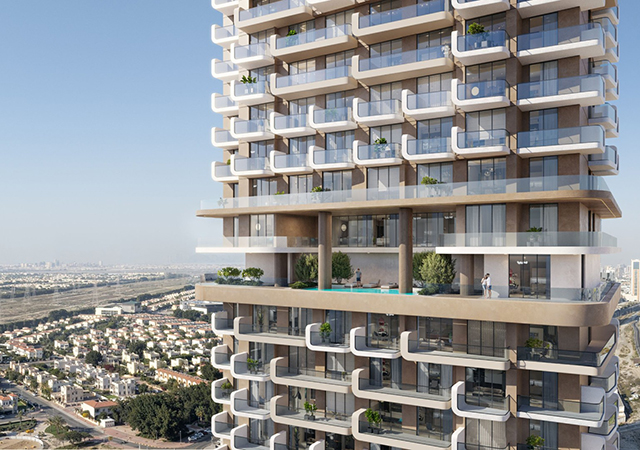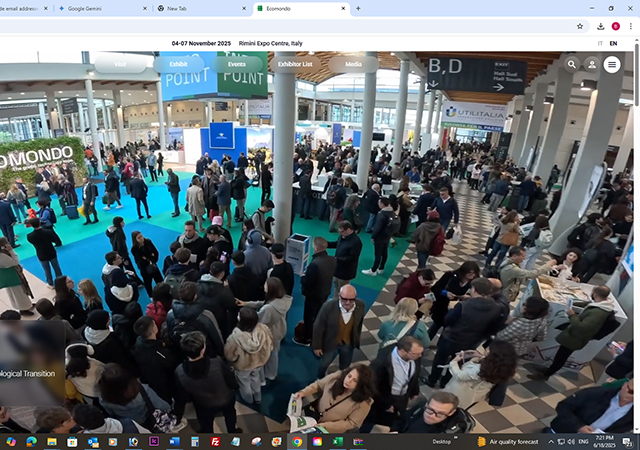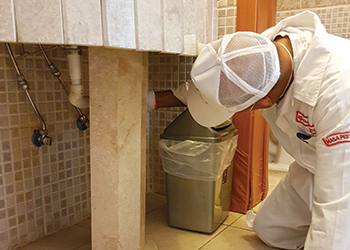 A Masa pest control operator applies coackroach gel.
A Masa pest control operator applies coackroach gel.
Proper site monitoring and product selection are two elements of an effective integrated pest management technique to manage indoor pests, says MIRZA WAQAR AHMAD*.
During the hot summers, the indoor environment of homes, residential apartments, hotels and restaurants offer more favourable living conditions for the proliferation of crawling and flying insects. Hence, treatment applications are aimed at insects and pests that are already inhibiting these areas.
Just as no two homes are alike, no two pests are alike either. Pests encountered in these areas could belong to different categories, such as venomous arthropods, disease vectors, wood-destroying organisms, biting or stinging pests and rodents – presenting unique challenges to pest management professionals providing residential and interior pest control services. And although pest control strategy and programmes today differ slightly from those used earlier, they all have the same goals:
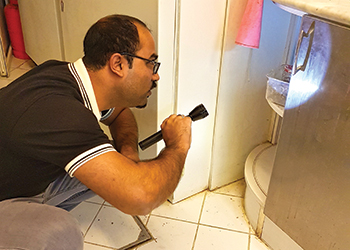 |
|
An inspection under way. |
• Ensuring the effectiveness of the pest control programme;
• Attaining the highest level of productivity while minimising efforts or expenses, for example, through proper scheduling, and careful evaluation of the time and effort required to perform the service;
• Customer satisfaction;
• Ensuring technically accurate or applicable methods of treatment; and
• Minimising the effect on the environment.
Saudi-based Masa Establishment applies an integrated pest management (IPM) programme for interiors that focuses on hygiene, exclusion, bait application, and the limited and stringent use of pesticides and rodenticides. The use and selection of pest control products is usually based on data collected from site inspections in pre- and post-treatments, and glue board monitoring for cockroaches, flies, bed bugs and rodents. This enables the service personnel to target applications and control strategies toward each pest.
Pest problems can be managed by providing a combination of an effective aggressive control programme (known as outside perimeter pest control application) with an equally strong and defensive interior pest control programme, along with proper sanitation and exclusion, as a first step. If at any time, the pest population increases above the accepted threshold level, a quick and appropriate response can be applied which would ensure accomplishing an effective pest treatment approach.
Generally, the purpose of any IPM programme indoors is to control pest infestations while ensuring the protection of the health and welfare of the household members and pest management professionals.
Averting physiological resistance or behavioural aversion in pests is – at its simplest – a matter of using a variety or combination of techniques and products for their elimination. Masa professionals employ an extensive range of choices when it is determined that an application is necessary.
 |
|
Mousaied Alshieshakly ... Masa owner. |
A number of factors contribute to both the efficiency of the treatment and safeguarding the environment. For example, it’s not just about picking one product or active ingredient over another: it’s the complete rationale leading to and following the application that really matters. This may include the following variable factors:
• Amount of pesticide or treatment plan applied;
• Action site or treatment location;
• Active ingredient of the pesticide;
• Formulation of the pesticide;
• Frequency of follow-up applications;
• Tenacity or objective of the application; and
• Treatment procedure.
According to Pest Control Technology (PCT) magazine, a successful indoor pest management plan is typically about spending the right amount of time in every interior area – primary, secondary and tertiary. Service technicians should, therefore, spend the majority of their time in inspection and treatment of the primary zones, particularly the external perimeter, since almost 95 per cent of all residential pest problems originate outdoors.
Perimeter pest control emphasises on reducing the pest source rather than symptom treatment, and also results in less pesticide used indoors. Since this type of treatment is performed outside the premises, it can be done without the homeowner being present, making scheduling and servicing accounts easier.
The indoors can be categorised into two zones: the habitat and micro-habitat. The habitat is the zone where an insect or pest normally lives, and the micro-habitat is the specific place within a habitat where an insect or pest can usually be found and where the pesticides should be applied. Micro-habitats mostly include areas such as weep holes or frequently called cracks and crevices. Pest management professionals should, therefore, concentrate their efforts in these areas to get the best outcomes from their products and to minimise the use of pesticides indoors to ensure general safety.
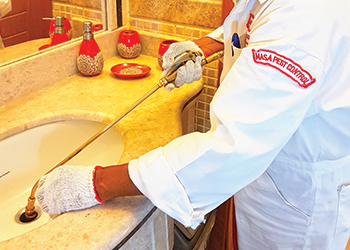 |
|
Masa has well-trained staff. |
Since its inception in 1980, Jeddah-based Masa has maintained high standards for the integrated management of insects, such as cockroaches, ants, houseflies, mosquitoes, bedbugs and other insect pests, such as rodents often found in living spaces.
Masa has developed strategies based on guidelines from international associations such as National Pest Management Association (NPMA) of the US, British Pest Control Association (BPCA), Entomological Society of America (ESA), Australian Environmental Pest Managers Association (AEPMA) and AIB of the US, offering services to control a wide variety of pests and innovative packages to help its pest management personnel to gain better results with their projects.
It focuses on training its service personnel to apply various procedures for effective pest control, such as rotating pesticides and baits to prevent physiological and behavioural aversion of pests, as well as rotating formulations, switching from gels to powders, which enables long-lasting pest management.
Masa has 12 service branches in Saudi Arabia in Riyadh, Jeddah, Dammam, Buraidah, Hofuf, Abha, Gizan, Makkah, Madinah, Tabuk, Rabigh and Jubail.
* Mirza Waqar Ahmad is an entomologist at Masa Establishment.








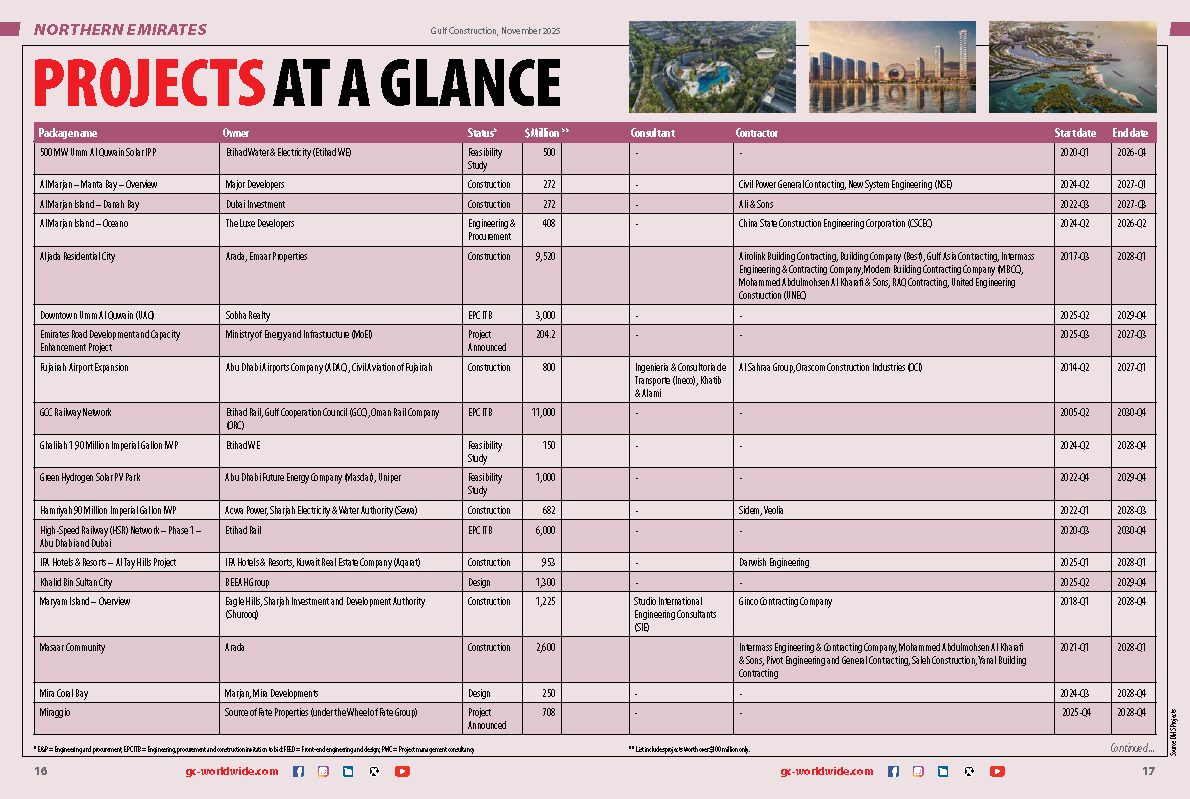
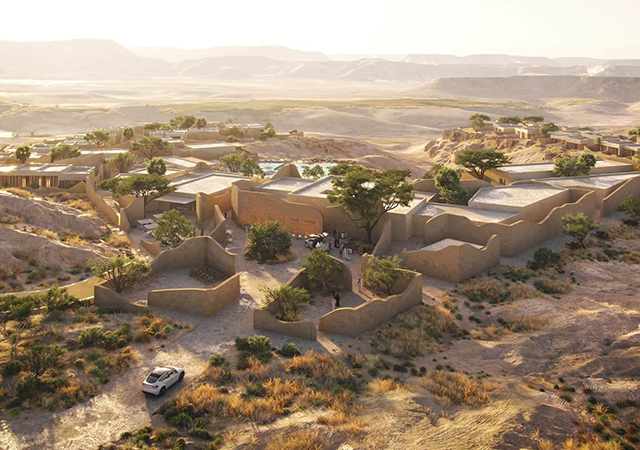



(5).jpg)



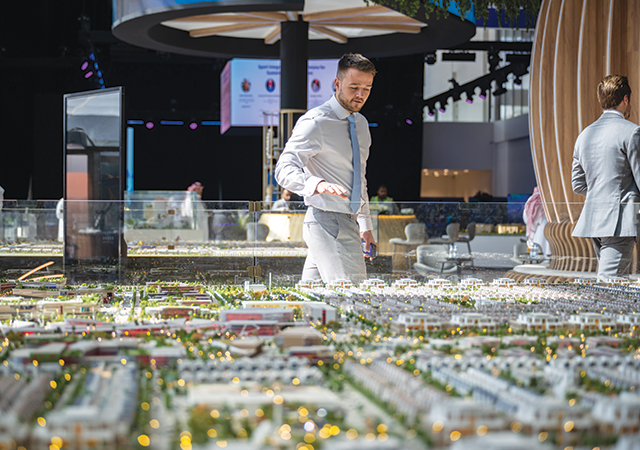

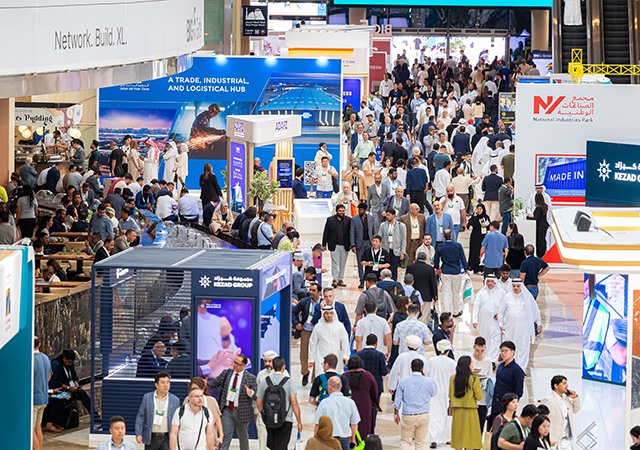
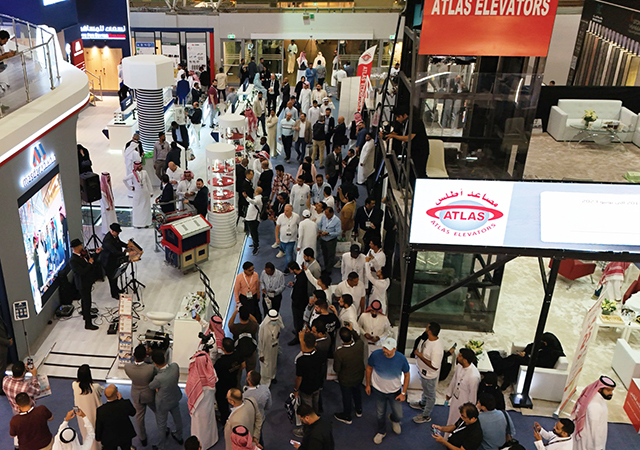

.jpg)
